More USDA PDP Results and More Reasons to Throw Out Produce Lists/Guides
2/20/2024
You may have heard this statement regarding an analysis of the U.S. Department of Agriculture’s (USDA) Pesticide Data Program (PDP) results: The majority of conventionally grown fruits and vegetables have residues so low, if present at all, they would meet the organic standard.
But what does this mean? This comes from an analysis of the USDA PDP published in Forbes. Under the USDA’s National Organic Standards (NOS), there are numerous certification regulations and requirements farmers must follow in order to label their products organic.
Specific to pesticide requirements, organic farmers are primarily limited to using naturally derived products, however, certain synthetic pesticides are also allowed. Under the NOS there is also an exemption for any residue of a non-organic approved pesticide that is present at less than 5% of the Environmental Protection Agency safety level (tolerance). These minute-level detections are considered to be unintentional and therefore not a violation of the organic standard.
The USDA PDP analysis published in Forbes determined that a majority of the residues that are detected on the mostly conventional samples in the PDP are so low these foods could qualify under this “organic 5% rule.” You read that correctly.
Or, put another way, the PDP results show that if you prioritize purchasing organic and your favorite fruit or vegetable isn’t available in the organic form, you can relax knowing conventional is safe too and can be eaten with confidence.
And if you follow recommendations from the “Dirty Dozen” list or other shopper guides and substitute organic forms of produce for conventional forms because you’re concerned about residues, you can put those lists/guides aside. Further a peer reviewed analysis of the “Dirty Dozen” list showed that the author’s recommendations regarding organic produce don’t reduce consumer risk because residues are so low on conventional produce, if present at all.
Besides the positive government sampling results and peer reviewed studies showing these lists are scientifically unsupportable, another reason to abandon those lists/guides is that the claims regarding cost efficiencies don’t pencil out either. In fact, when the Alliance for Food and Farming followed the “Dirty Dozen” list’s recommendations, our produce bill almost doubled when compared to purchasing safe and healthy conventionally grown products. And, when we used both the “Dirty Dozen” and “Clean 15” lists, the cost for fruits and vegetables increased by 34%.
Go ahead and throw out those confusing and disparaging lists/guides and instead enjoy browsing and shopping the produce department. Purchase whatever fruits and vegetables you prefer and what is affordable and available for you and your family. The only shopping list you need is your own.
(Learn more about government laws and regulations regarding the approval and use of pesticides on organic and conventional farms here.)




Leave a Reply
Want to join the discussion?Feel free to contribute!